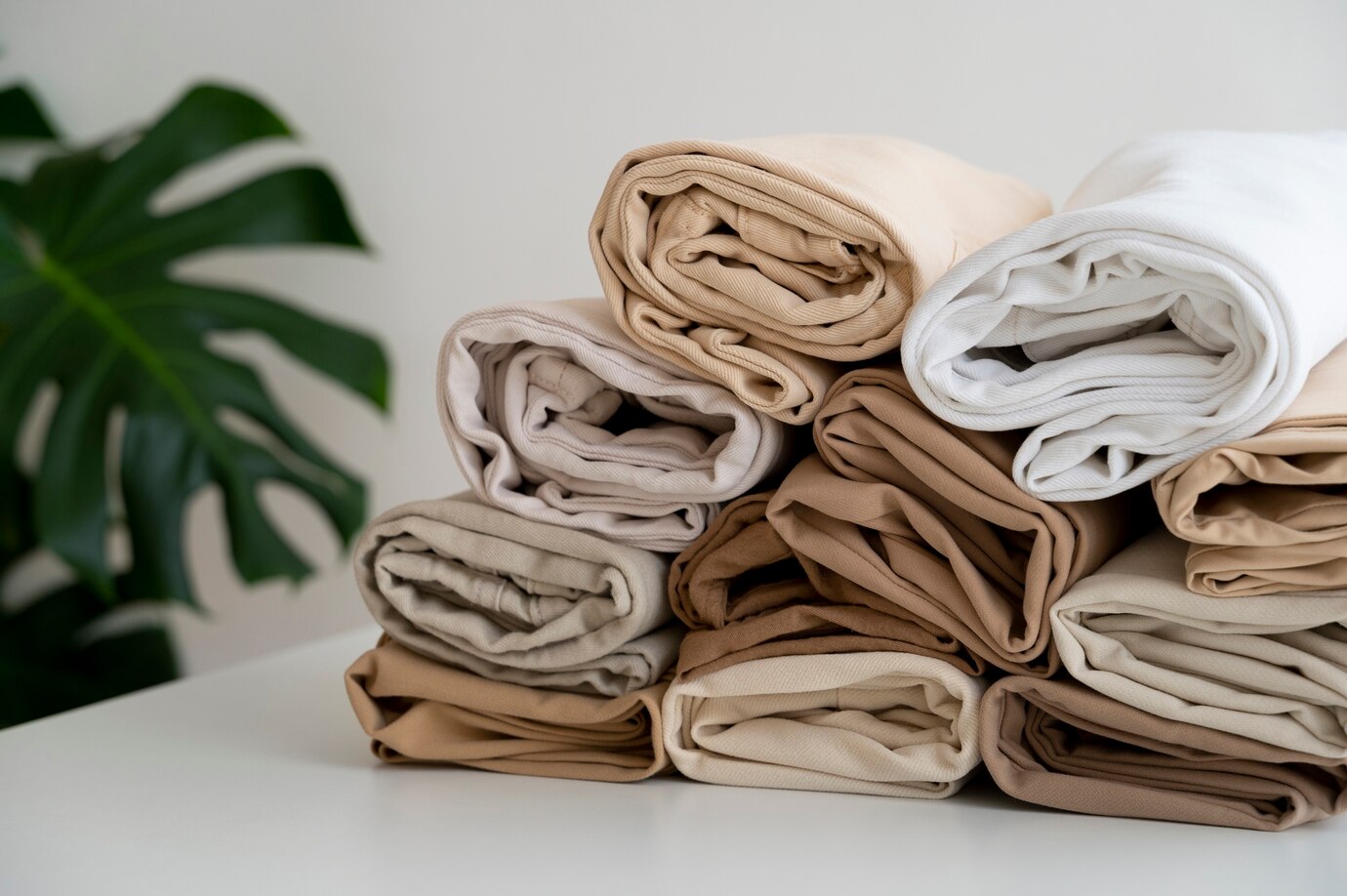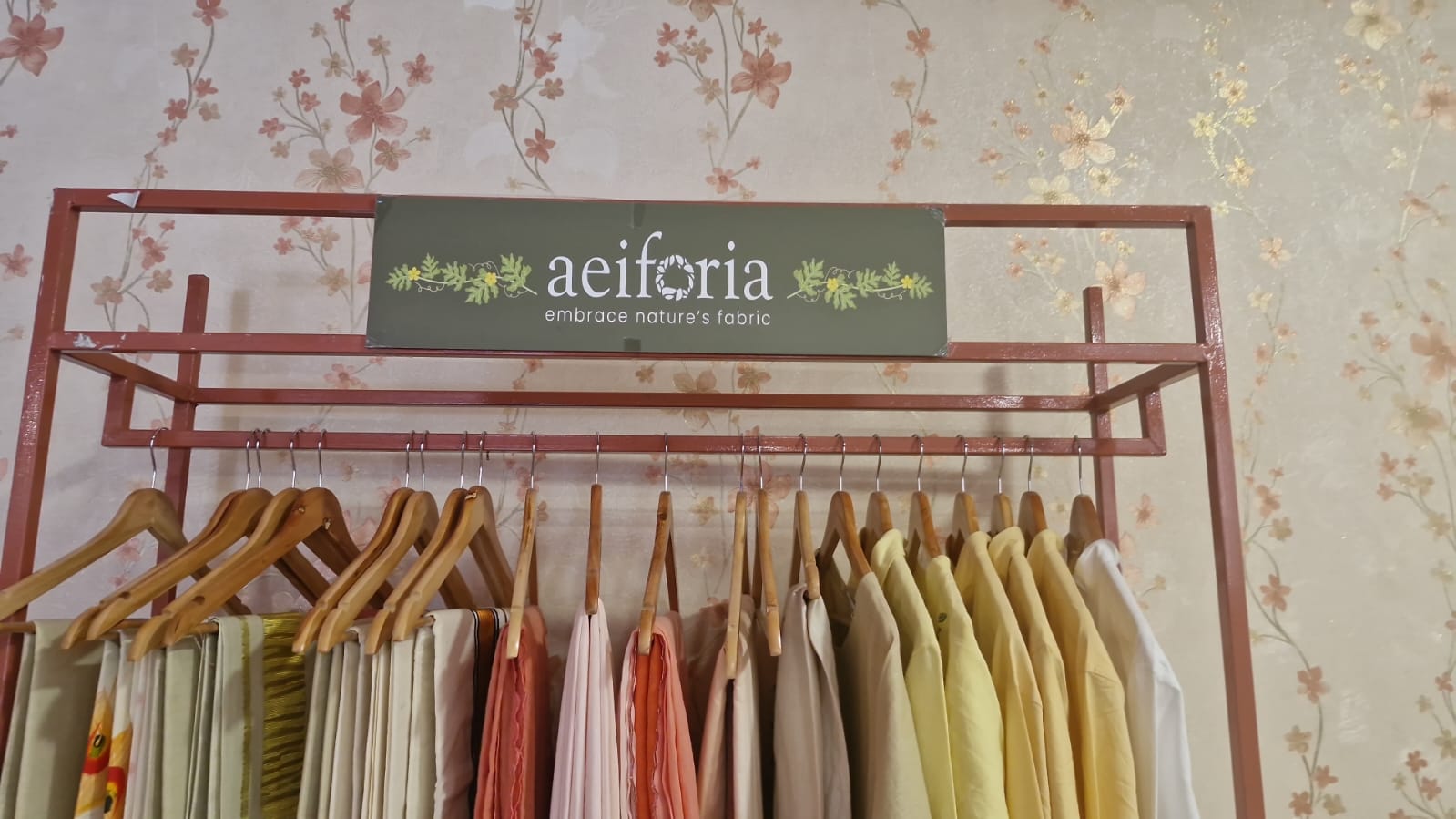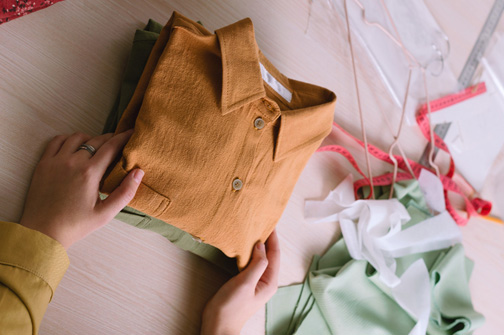
Chemical-Free Clothing: A Step Towards Sustainable Fashion
In a world increasingly conscious of sustainability, chemical-free clothing is gaining momentum as a healthier and more eco-friendly alternative to conventional fashion. Unlike mass-produced garments treated with synthetic dyes, pesticides, and harmful chemicals, chemical-free clothing embraces natural fibers and dyes, ensuring safety for both the wearer and the environment.
Why Choose Chemical-Free Clothing?
Health Benefits
Many fabrics are treated with toxic chemicals like formaldehyde, azo dyes, and flame retardants, which can cause skin irritation and allergies. Chemical-free clothing, made from organic cotton, hemp, linen, or bamboo, ensures breathability and comfort without exposing your skin to toxins.
Eco-Friendly Production
Conventional textile production releases pollutants into water and air, harming ecosystems. By choosing naturally processed fabrics, we reduce water contamination and carbon footprint, contributing to a greener planet.
Sustainable and Ethical
Many chemical-free clothing brands follow ethical sourcing and fair trade practices, ensuring that workers receive fair wages and work in safe conditions.
Natural Dyes and Ayurvedic Clothing
Beyond fabric choice, chemical-free clothing often incorporates natural plant-based dyes like turmeric, indigo, and madder root. Some brands even follow Ayurvedic dyeing techniques, infusing clothes with medicinal herbs for additional health benefits.
How to Identify Chemical-Free Clothing
Look for certifications like GOTS (Global Organic Textile Standard) and OEKO-TEX.
Check labels for 100% organic fabrics and plant-based dyes.
Support brands that promote sustainable and transparent production.
Final Thoughts
Choosing chemical-free clothing is more than just a fashion statement—it's a commitment to personal well-being and environmental sustainability. As more consumers shift towards mindful fashion choices, the industry is set to embrace a cleaner, greener future.
Related Insights

The Art of Natural Dyeing: A Sustainable Alternative for a Greener Future
In recent years, as awareness around environmental issues grows, natural dyeing has re-emerged as a sustainable alternative to synthetic dyes in the textile industry.
View Details
Sustainable Fashion Trends to Watch in 2025
Sustainability is shaping the future of fashion, with brands and consumers embracing eco-friendly innovations. Here are the key trends defining 2025.
View Details
Slow Fashion: A Conscious Choice for a Sustainable Future
In a world dominated by fast fashion, slow fashion is emerging as a movement that prioritizes quality, sustainability, and ethical production. Unlike mass-produced trends that quickly go out of style...
View Details
